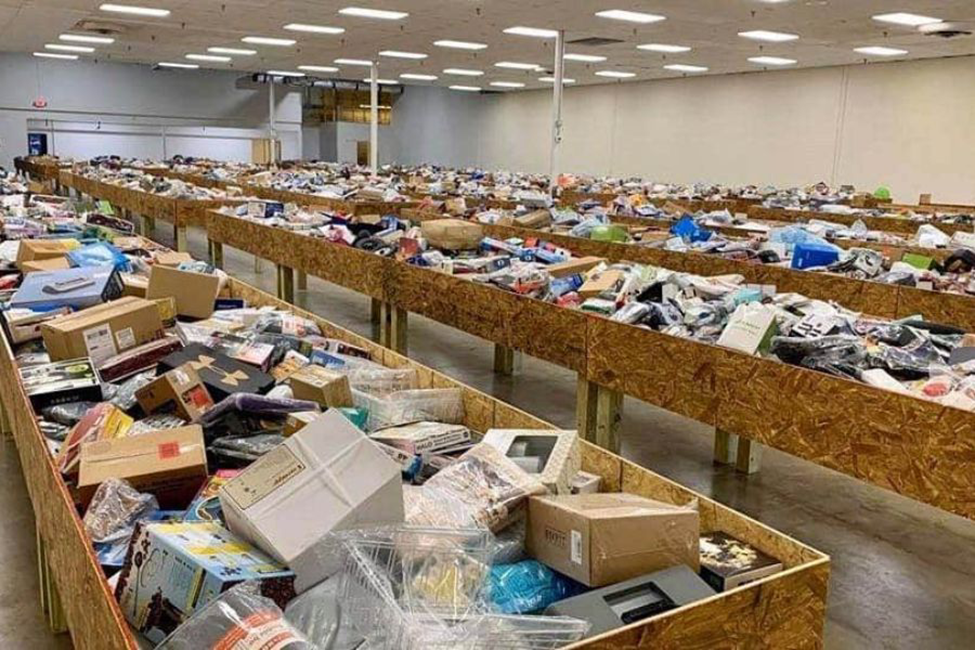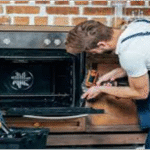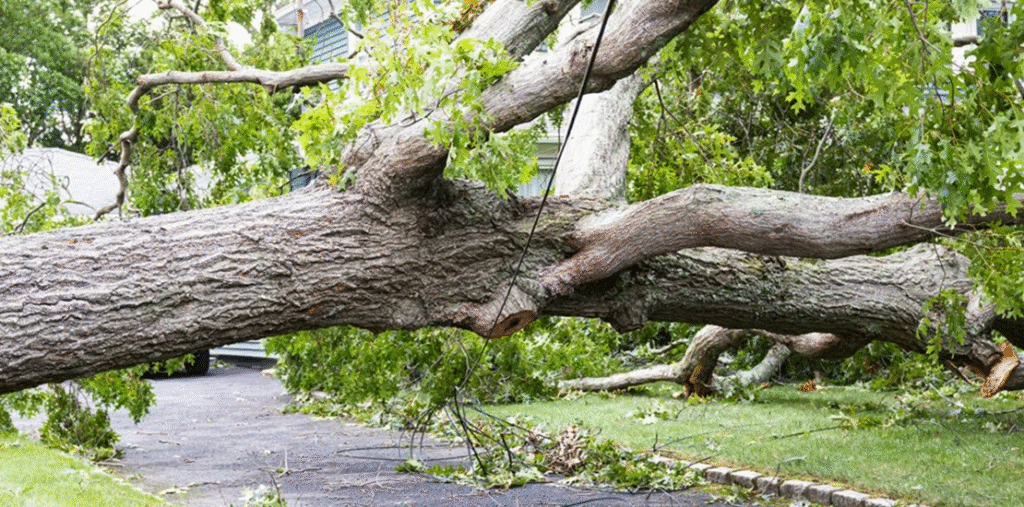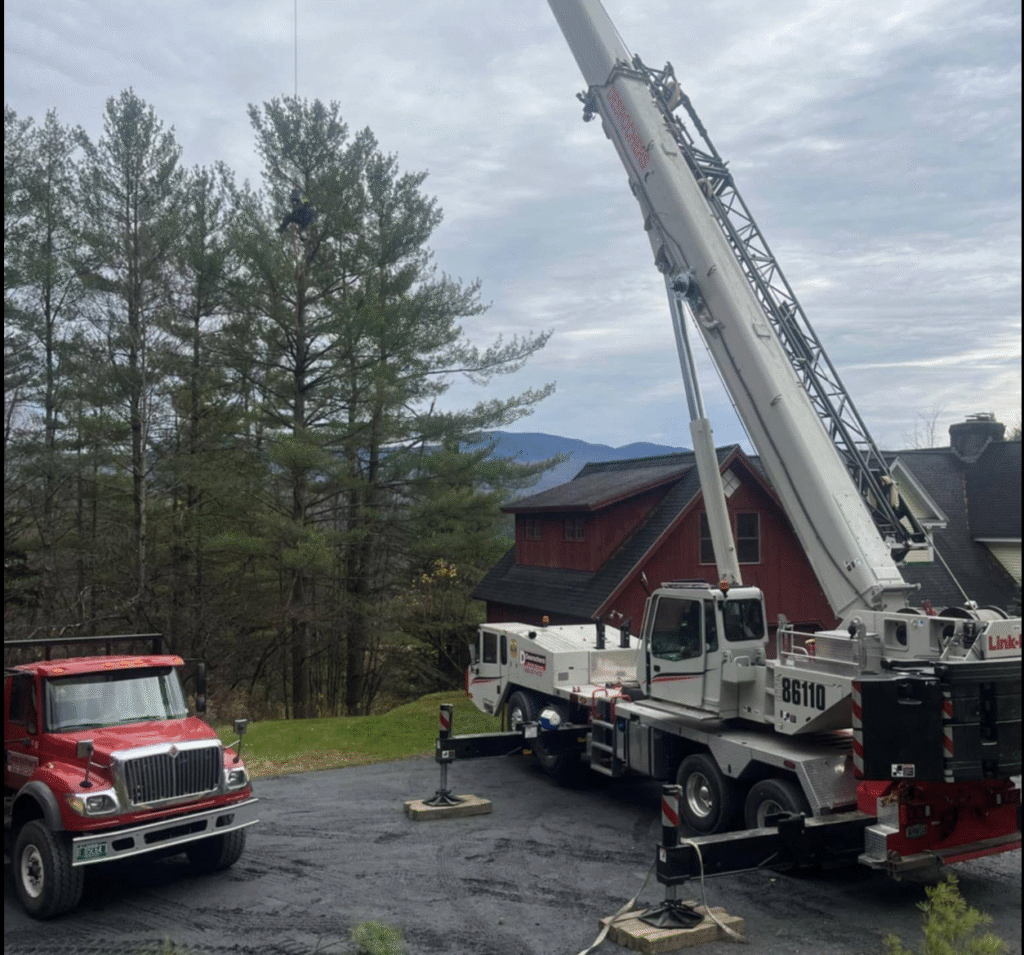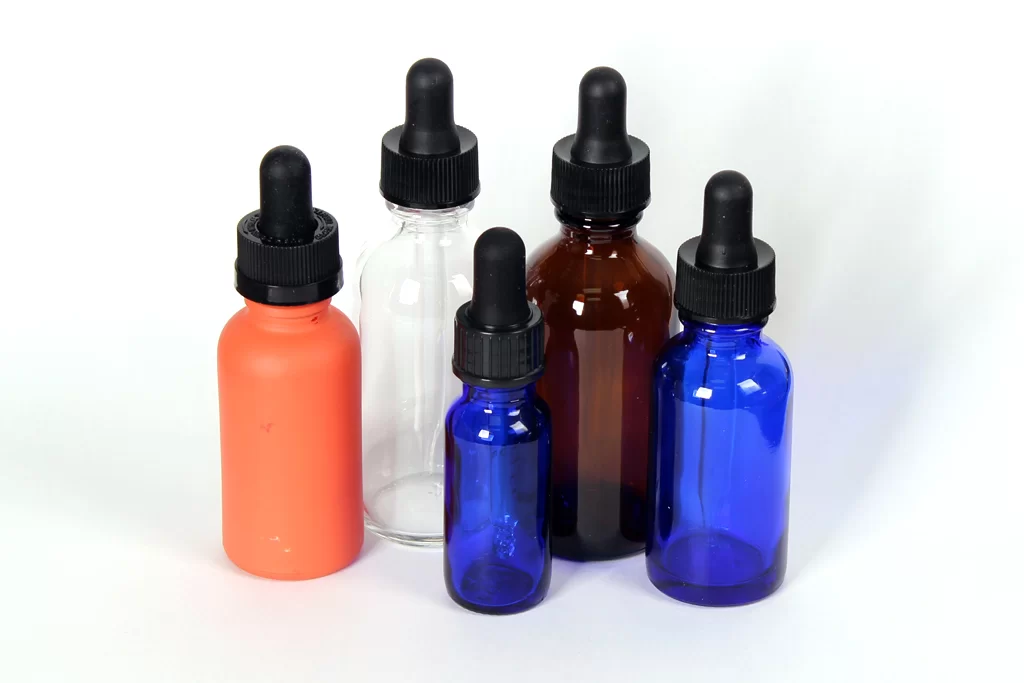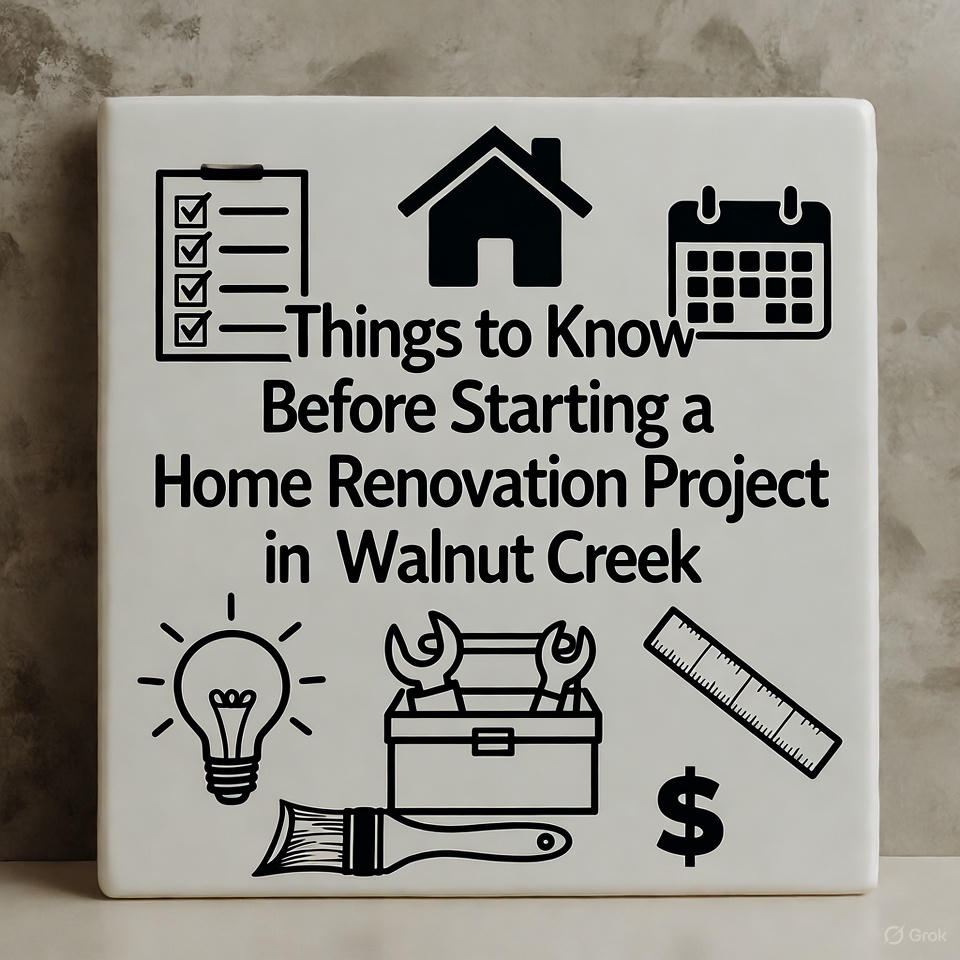Imagine walking into a store where every item, whether it’s a phone charger, power tool, pair of shoes, or smartwatch, costs just one dollar. Not knowing what you might find, along with the chance to score great bargains, has turned bin stores into one of America’s most interesting retail trends. Shoppers line up early with reusable bags and sharp eyes, eager to dig for hidden gems in what many call the “$1 Treasure Hunt.”
In this article, we’ll take you behind the scenes of a typical day at an Amazon return bin store, showing you how it works, what you can expect, and how to make the most of this one-of-a-kind shopping experience.
The Mystery Behind Bin Stores
The concept is simple but brilliant. Bin stores buy customer-returned and overstock merchandise from major retailers such as Amazon, Target, and Walmart. Instead of sorting and individually pricing items, these stores dump everything into large bins and set flat daily prices.
The excitement comes from the mystery. Shoppers dig through bins to uncover valuable items that others may have missed. The process feels like a mix between a garage sale and a treasure hunt. With restocks once or twice a week, every visit is different.
The Energy of Restock Day
The real adventure starts on restock day. If you get to an Amazon bin store early in the morning, you’ll probably see a line forming before the doors open. Regulars know this is when the best deals show up, and competition can be intense.
Once inside, the energy is electric. People rush to their favorite bins, scan items, fill baskets, and calculate potential savings. Staff members restock bins throughout the day to keep things moving, so there’s always something new to find. It’s chaotic, loud, and a little messy, but that’s part of the fun.
How the Pricing Works
Bin stores operate on a descending price schedule, which creates urgency and excitement. On restock day, every item might cost $10. The next day, prices drop to $8, then $6, and by the end of the week, nearly everything sells for $1.
This system guarantees turnover, since each customer has to decide whether to grab something at a higher price or wait for it to get cheaper, knowing someone else might buy it first. It’s retail meets strategy, and timing your visit can make all the difference.
What You Can Find in the Bins
The range of products in these stores is astonishing. During my visit, I saw bins overflowing with everything from small kitchen appliances and Bluetooth speakers to clothing, skincare products, and even smart home gadgets.
You might find a $200 vacuum cleaner with just a torn box or a set of tools missing one screw. Some items are brand-new, others are open-box, and a few may be damaged or incomplete. That unpredictability is part of what makes the experience so addictive.
It’s not unusual to find products worth 10 or even 20 times what you pay, especially if you know how to spot value.
The Strategy of the Hunt
Success in a bin store isn’t just about luck; it’s also about strategy. Here are a few expert tips to help you navigate your first treasure hunt like a pro:
- Arrive early. The first few people through the door get the best selection. Many shoppers line up an hour or more before opening.
- Bring gloves. With so many hands digging through bins, a good pair of lightweight gloves makes the process more comfortable.
- Scan barcodes. Use your phone to look up product prices and confirm whether a find is truly worth buying.
- Check condition carefully. Items are typically sold “as is,” so inspect packaging, cords, and parts before purchasing.
- Come back midweek. Prices drop each day, so visiting later in the week might help you find a few hidden treasures that others missed.
These simple habits can dramatically increase your chances of walking away with high-value finds.
A Day in the Life: The Shopper’s Experience
Walking into a bin store feels like stepping into a mix of a warehouse sale and a carnival. Loud conversations fill the air as shoppers excitedly show off their finds. Every now and then, you’ll hear someone shout with joy after finding something valuable, such as a brand-new pair of wireless earbuds or a top-brand hairdryer. During my visit, one shopper proudly displayed a $120 set of noise-canceling headphones she scored for $8. Another pulled out a smart speaker priced at $5 that still had its protective film on. These moments of surprise and delight are what make the experience so addictive — each bin might hold a small fortune waiting to be found.
Bin Stores Across the U.S.
While this trend started with a few liquidation businesses, it has now spread nationwide. States like Texas, Florida, and California have dozens of locations, but some of the most active communities can be found in bin stores New Jersey, where shoppers share their weekly finds on local Facebook groups.
In these communities, people swap tips, compare stores, and even trade items. The mix of affordability and excitement has turned ordinary discount shopping into a social experience, creating a community built around curiosity and saving money.
Why People Love the Experience
Bin store shopping isn’t just about saving money. It’s also about discovery, sustainability, and the thrill of the unknown. The joy comes from never knowing what you’ll find next, whether it’s a $1 gadget or a $100 surprise.
It also supports a circular economy. Instead of letting returned products pile up in warehouses or end up in landfills, these stores give them a second chance. That sense of purpose resonates with eco-conscious shoppers who want to reduce waste while still enjoying great deals.
For resellers, the appeal is even greater. A sharp eye and some product knowledge can turn a few hours of digging into hundreds of dollars in profit. Some people have built side businesses or even full-time incomes by reselling bin store treasures online.
How to Identify a Good Bin Store
Not all bin stores are equal. A great one will have organized bins, friendly staff, and transparent pricing. Look for stores that clearly mark restock days and keep their spaces clean. If possible, ask where they get their pallets. Stores that buy directly from major retailers’ liquidation partners often have better quality items.
Customer reviews can also help you gauge whether the store is reputable. Regular restocks, consistent quality, and fair pricing are the hallmarks of a great shopping experience.
The Social Side of the Hunt
Bin store shopping has also become a social phenomenon. Shoppers often film their hauls, post their finds online, or join community groups that celebrate the best deals. It’s more than shopping; it’s storytelling.
For families, it can even be an affordable outing that teaches kids about budgeting, value, and sustainability. The thrill of finding something useful or exciting for just a dollar never gets old.
Final Thoughts: Finding Value Beyond the Price Tag
A day at a bin store is more than just bargain hunting. It’s a reminder that value isn’t always measured by price. It’s about resourcefulness, creativity, and the satisfaction of discovery. Whether you leave with a bag full of deals or just the thrill of the hunt, the experience offers something ordinary shopping can’t match.
The next time you hear someone brag about their amazing $5 or $1 find, remember that behind every deal is a bit of curiosity, patience, and adventure, all waiting inside the bins.
